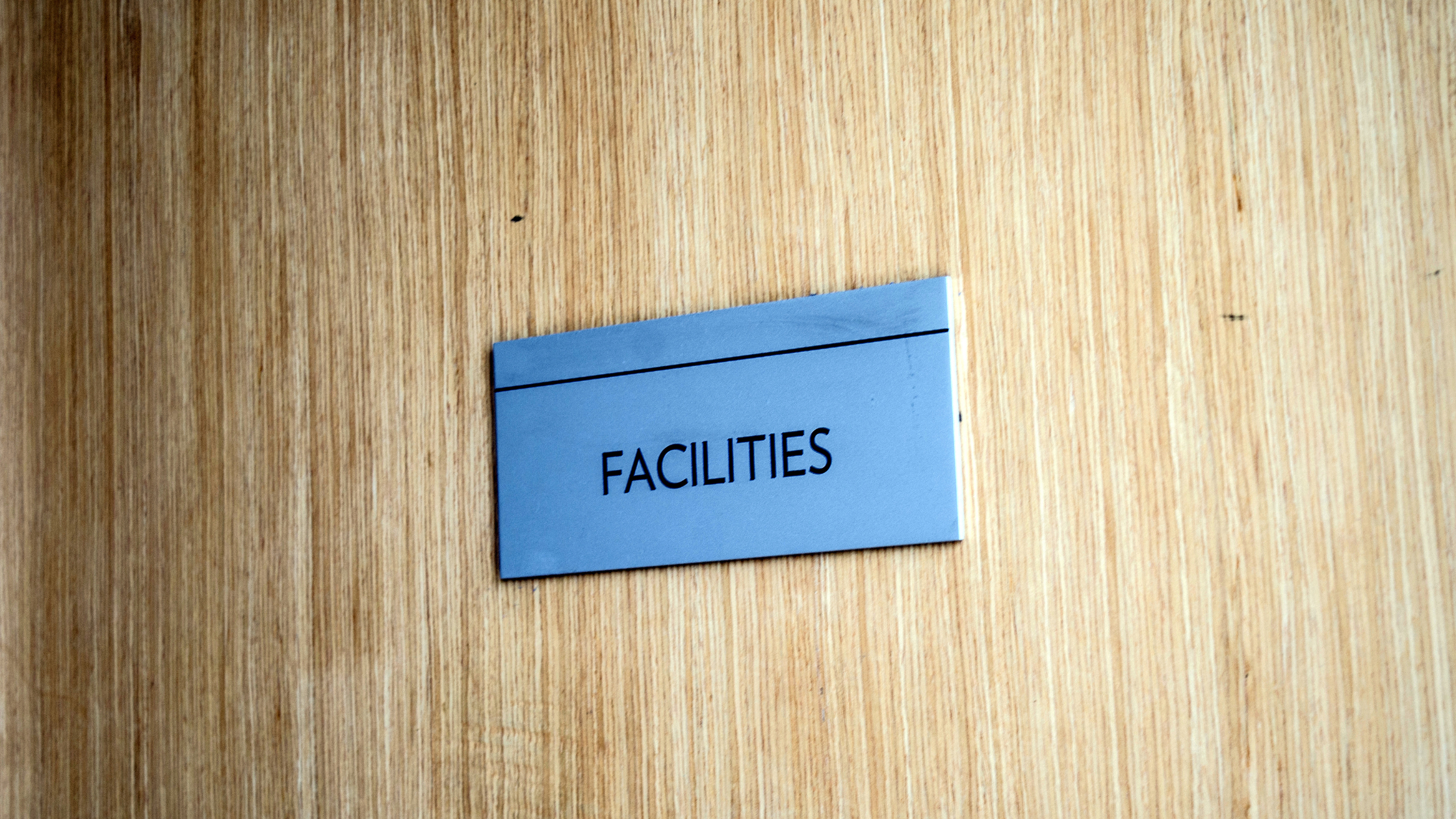The digital revolution of the last twenty years has transformed retail, marketing and many other business functions. But it has often left FM teams behind, unable to automate their workflows and achieve efficiencies in a fast-moving, disrupted world.
The need for digital transformation may have crept up on FM, but now workplace disruption is in full swing. Mobile, IoT and the rise of smart building tech have all raised expectations about how responsive FM teams should be - and how they could be using data to transform service delivery.
But with a lack of integrated software tools, FM teams can still struggle to meet these challenges.
Getting to grips with workflow automation is now a major priority for facility managers in their drive to save money, increase efficiency and improve strategic capabilities.
What benefits can workflow automation bring to an FM team?
- Increase speed and efficiency of service delivery
- Improve collaboration
- Reduce response times
- Reduce process mistakes and omissions
- Increase first-time fix rates
- Facilitate quoting and invoicing in real-time
- Automatically document tasks as they are completed (helping with future audits)
- Help monitor/control budgets
- Integrate with Building Management Systems (BMS) to capture and act on data
- Free up FM time to concentrate on strategic objectives
Too often, though, this kind of automation is made impossible by the fragmented, legacy systems FMs use.
Adopting a single piece of FM software can be the first step to controlling and automating workflows. But CAFM set ups can be difficult to configure and hard to integrate with other systems. As a result, tools often aren’t properly exploited to deliver rapid return on investment.
What tools and features do you really need to deliver effective workflow automation?
We would argue that FM teams should look to lever automation in three key areas to deliver on the benefits above.
- Work order management
- Finance
- IoT
Prioritising work order management and integration with financial systems will have an immediate impact on the efficiency and overall effectiveness of your team.
In time, however, automated data exchange between IoT, Business Management systems and CAFM systems can bring you to a whole new level of control and customer service.
1. Work Order Management
Dealing with the day-to-day management of work requests is central to FM operations, but it’s the area that often suffers most because of the lack of automation and control over workflows.
Streamlining the flow of information into the FM team and then out to contractors is pivotal to improving response times, efficiency and increasing first-time fix rates.
Here are some key functions which FM software needs to support if you’re going to get on top of those processes:
Auto-creation rules
You need the ability to make sure work requests are entering the right workflow based upon the information submitted in the request e.g. helpdesk request, internal maintenance, contractor workflow etc.
Auto-assignment
The system should let you set up notifications for specific helpdesk members - (or even alert a senior or district manager) - when high priority tickets are raised
Auto-population
Can you configure a spend limit for work orders going to specific contractors? Can you auto-populate a nominal code based on work order contents to better track spend?
Auto-communication
Can a system remind contractors when quotes are requested and invoices due? Can it alert you and engineers when tasks and paperwork are late or incomplete? Can you set up email and mobile alerts? The ability to set up bespoke comms workflows to keep jobs moving and documentation up to date is a critical element of work order management.
Your system should let you visualise and build out these workflows with graphical tools - so that you can always be clear which steps each enquiry should go through. It should be easy to update these sequences so that they can be improved and optimised over time.
2. Finance Automation
Unless contractors can invoice through your FM software and your financial teams can receive those invoices in real-time - there may be little incentive for either to use the system.
And the fact is your FM software is only going to be truly effective when it is a source of truth around the financial data that drives your performance. Integrating with your accounting platform will help you avoid double handling and keep both systems in sync - giving everybody confidence that your CAFM reflects what is being quoted and billed for.
Automating these financial processes through your FM software will give you more visibility and control over supplier relationships and budgets. Ultimately, it will help you collect the data you need from contractors and ensure that you can track performance against spend at the touch of a button.
A good CAFM system will allow you to keep all parts of your billing and budget monitoring operating smoothly:
- Auto send quotes to accounting platforms for PO approval
- Auto retrieve PO numbers
- Auto send invoices
- Auto bill labour based on time/attendance and rate cards
- Auto trigger cost audits - when billing needs to be reviewed in the event of multiple callouts, discrepancies between work hours recorded and invoiced etc
3. IoT
IoT and smart building technology can transform a business’ ability to monitor equipment performance, prevent failure and control running costs.
Integration and automation between FM software and Business Management Systems (which ingest data from equipment, temperature and occupancy sensors) can bring real-time oversight to your operations. It can also contribute to your big picture data - showing patterns of equipment degradation and unnoticed performance issues over time.
The right integration can help automate your emergency response - while helping create and maintain condition-based, preventive and predictive maintenance programmes.
- Collect data on equipment alerting you to real-time issues
- Auto-create work orders when equipment/services go down
- Schedule preventive maintenance based on predictive analytics
- Avoid costly system failures and periods of commercial downtime
Automation can bring particular benefits to businesses where FM services are mission-critical. For example, those in charge of air conditioning in data centres, fridges in the hospitality and the health care sector etc. In these cases a BMS integrated with the right CAFM can trigger a contractor call-out to fix a problem even before a human realises something is wrong.
When you’re looking at CAFM systems to help you automate workflows you should consider how much flexibility they can offer you now and in the future
- Can you set up and update bespoke workflows easily using a graphical user interface?
- Can you create automated work order flows for different customers journeys backed up with mobile/email notifications and reminders
- Will your chosen supplier help you with open and bespoke APIs for immediate and future integration with financial platforms, BMS and IoT powered equipment?
Workflow automation is critical to save time, money, improve collaboration, reduce response times and your first-time fix rate. Focusing on automating the three key areas above will make your teams more connected, motivated and efficient. And choosing the right automation tools will help you optimise their performance and hit more of your KPIs over time.
.png?width=680&height=700&name=Ai%20page%20module%20(2).png)


